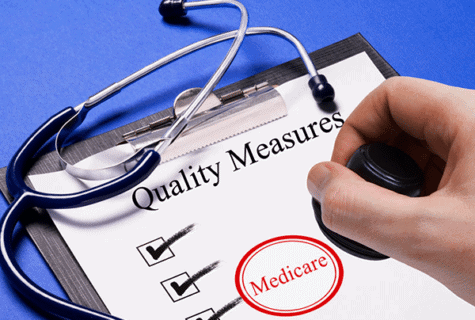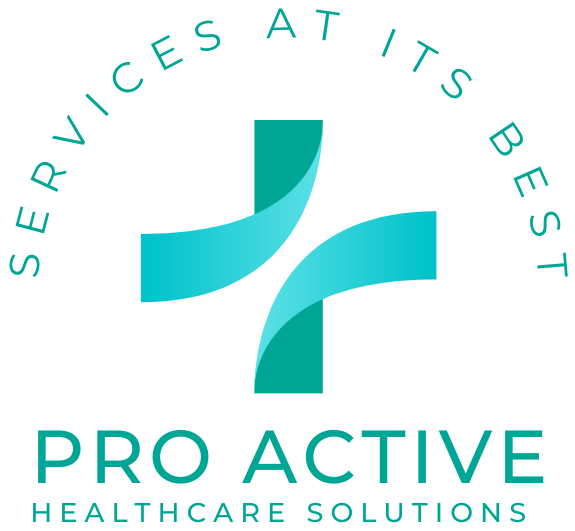
The MIPS Roadmap: Essential Steps for Quality Reporting
Keeping up with quality reporting standards is essential for providers hoping to prosper under the Merit-based Incentive Payment System (MIPS), given how quickly the healthcare industry is changing. At PHCSS, we understand that MIPS roadmap and putting the necessary measures for quality reporting into practice are important. The providers looking to maximize reimbursements and optimize performance as the healthcare sector transitions to value-based care should also follow MIPS roadmap. In this article, we will discuss the significance of MIPS and the steps involved in quality reporting.
Understanding MIPS
One of the most important parts of the Centers for Medicare & Medicaid Services’ (CMS) Quality Payment Program (QPP) is the Merit based Incentive Payment System (MIPS). MIPS is a framework that streamlines and unifies multiple legacy quality reporting methods.
Significance of MIPS
The significance of MIPS can be easily understood by the given factors:
- Quality Improvement: By taking part in MIPS, providers are encouraged to concentrate on providing high-quality care. Providers can identify areas for improvement and launch programs to improve patient outcomes and satisfaction by monitoring performance metrics and getting feedback.
- Financial Incentives: MIPS provides cash rewards to suppliers who show remarkable results in quality reporting, encouraging cost control, interoperability, and improvement initiatives. These incentives can assist in defraying the costs associated with putting quality improvement programs and technological enhancements into action.
- Compliance with regulatory requirements: The Medicare Access and CHIP Reauthorization Act requires qualified clinicians to participate in MIPS. (MACRA). It is ensured that providers fulfill their regulatory obligations and stay out of trouble, including negative payment adjustments, by adhering to MIPS reporting standards.
- Competitive advantage: A provider’s reputation and competitiveness in the healthcare market can be improved by achieving high MIPS performance. Referring physicians, payers, and patients might be more likely to select healthcare providers who have a track record of excellence and value-based treatment.
- Practice sustainability: By increasing reimbursement prospects, cutting expenses, and improving healthcare outcomes, optimizing performance in MIPS helps to sustain practices. In turn, this can support providers in surviving and prospering under a value-based reimbursement system.
- Data driven decision making: In order to make well-informed decisions about patient care and business operations, MIPS encourages providers to use data analytics and performance feedback. Through the examination of performance indicators, suppliers can discern patterns, monitor advancements, and execute research-backed tactics to foster ongoing enhancement.
- Alignment with value based care: MIPS is in line with the larger trend of value-based care, which puts the needs of the patient, effectiveness, and quality first. By facilitating the shift from fee-for-service to value-based reimbursement models, participation in MIPS promotes a healthcare system that is centered on providing better results at reduced costs.
Participating providers in MIPS get reimbursement modifications depending on their performance in these categories, which is measured by a composite performance score (CPS).
Essential Steps for Mips quality reporting
Here are some essential steps that are required for MIPS quality reporting
- Familiarize with MIPS quality measures
The foundation of quality reporting is made up of MIPS quality measures, which evaluate several facets of clinical outcomes and patient care. In order to ensure alignment with their practice goals and objectives, providers must carefully select measures that are pertinent to their specialty and patient population. Sustained performance improvement requires regular evaluation and optimization of chosen metrics.
- Make sure to record and capture accurate data:
For MIPS quality reporting, patient interactions and medical services must be accurately documented. Strong procedures for data collection should be put in place by providers to guarantee accuracy and completeness in documentation. Using clinical decision support tools and approved electronic health record (EHR) systems can improve documentation accuracy and expedite data collection.
- Measure performance and identify areas for improvement
Finding areas of strength and chances for improvement requires constant monitoring of MIPS performance data. Regular analysis of performance data by providers is recommended in order to spot patterns and trends that can point to areas that need improvement. Enhancing MIPS scores and closing performance gaps can be accomplished with proactive intervention and quality improvement programs.
- Engage in quality improvement initiatives
Encouraging patient outcomes and optimizing MIPS performance need active engagement in quality improvement activities. It is recommended that healthcare providers participate in initiatives that improve population health management, patient involvement, and care coordination. Ongoing quality improvement initiatives can be bolstered by working together with peers and taking advantage of resources provided by professional associations.
- Stay informed and adapt to regulatory changes
The healthcare industry is dynamic, and reporting standards and regulations change over time. It is imperative for providers to remain updated about modifications to MIPS healthcare requirements and modify their reporting tactics correspondingly. Suppliers can efficiently manage regulatory changes by utilizing training sessions, educational resources, and the assistance of skilled advisors.
Conclusion
It takes a systematic strategy and a dedication to excellent reporting quality to navigate the MIPS roadmap. Providers can position themselves for success in the shift to value-based care by being aware of regulatory changes, choosing appropriate quality measures, monitoring performance, ensuring accurate data capture, and understanding MIPS requirements. That is why, at PHCSS we understand that to achieve best patient outcomes and maximize reimbursement prospects in the current healthcare landscape, it is compulsory to embrace the MIPS roadmap as a gateway to quality-driven healthcare delivery. So, get in touch with PHCSS today to get the best healthcare services in town.






